Ruda Śląska
8.18
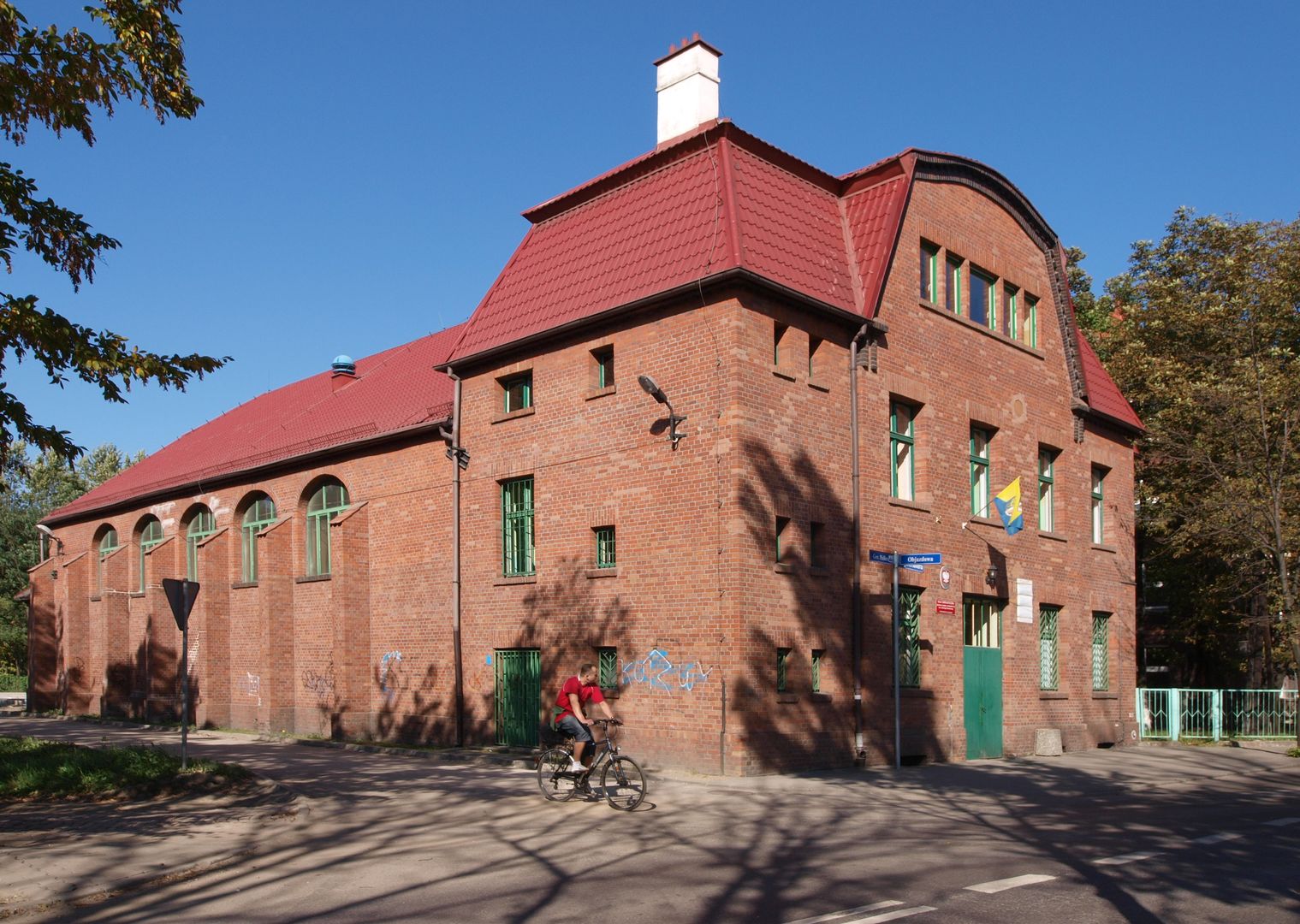
Overview
Ruda Śląska, a city located in the Upper Silesian Industrial Region, is one of the central hubs of the Upper Silesian conurbation. It was established on January 1, 1959, through the merger of the towns of Ruda and Nowy Bytom. The city boasts a rich history dating back to the Middle Ages, when the area was inhabited by independent settlements known for metal ore mining. Industry in Ruda Śląska developed significantly in the 19th century, with transformations bringing growth in coal mining, which influenced the demographics and lifestyle of its residents. Ruda Śląska currently has approximately 132,766 inhabitants.
Architecturally, the city offers numerous historic landmarks, including 19th-century churches such as the Church of St. Mary Magdalene and the neo-Romanesque Basilica of St. Paul the Apostle. The districts, which were once independent towns, have preserved diverse urban layouts and architecture. Notable sites include the railway station in Chebzie, now home to the Municipal Public Library, and the historic Donnersmarck Palace in Halemba. Ruda Śląska also retains traces of its industrial heritage, such as the Great Furnace of the Pokój Steelworks and the winding tower of the "Andrzej" shaft.
The city's culture is diverse. Ruda Śląska has many cultural institutions, including the Silesian Impresario Theatre, museums, cinemas, and the Youth Cultural Center. Local events, festivals, and various activities for residents are part of the city's offerings. The city is also active in sports, with numerous clubs representing various disciplines, including football, rugby, volleyball, and athletics.
An interesting fact is that Ruda Śląska was the site of many historical events, including the Silesian Uprisings, which aimed to incorporate the region into Poland. The city played an important role in Upper Silesian culture and industrial development. It is also worth noting that the city once had Poland's only intra-urban railway line. After World War II, Ruda Śląska underwent significant demographic changes, with an influx of people from other regions of Poland, shaping its modern character and cultural diversity. Numerous religious communities operate in Ruda Śląska, reflecting the religious diversity of its inhabitants.
Location
State
Silesian Voivodeship
Country
You can also find here:
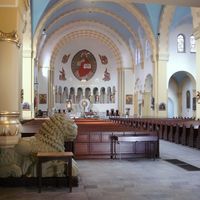
St. Paul the Apostle Church in Ruda Śląska-Nowy Bytom
7.73
Ruda Śląska
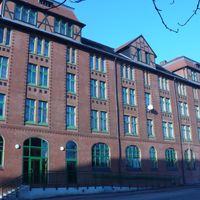
Department store
7.22
Ruda Śląska
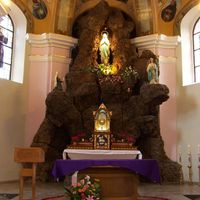
The Sanctuary of Our Lady of Lourdes in Ruda Śląska-Kochłowice
7.05
Kochlowice, Ruda Śląska

Ruda Śląska Castle
6.82
Ruda Śląska
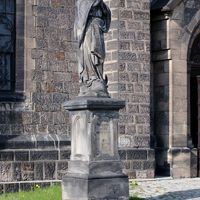
Holy Trinity Church in Ruda Śląska
6.64
Kochlowice, Ruda Śląska
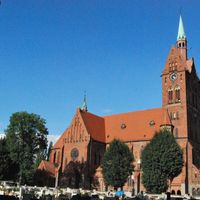
St. Lawrence and St. Anthony Church in Ruda Śląska
6.52
Ruda Śląska
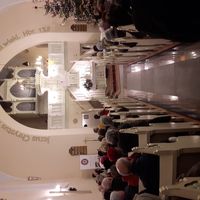
Church of the Redeemer in Ruda Śląska
6.5
Ruda Śląska
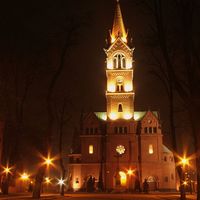
Zabrze Deanery
6.49
Zabrze
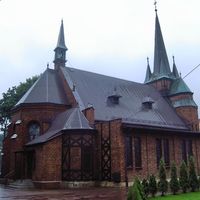
Halemba
6.37
Ruda Śląska
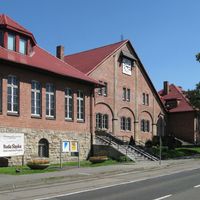
Maksymilian Chrobok City Museum in Ruda Śląska
6.36
Ruda Śląska
2025 Wizytor | All Rights Reserved